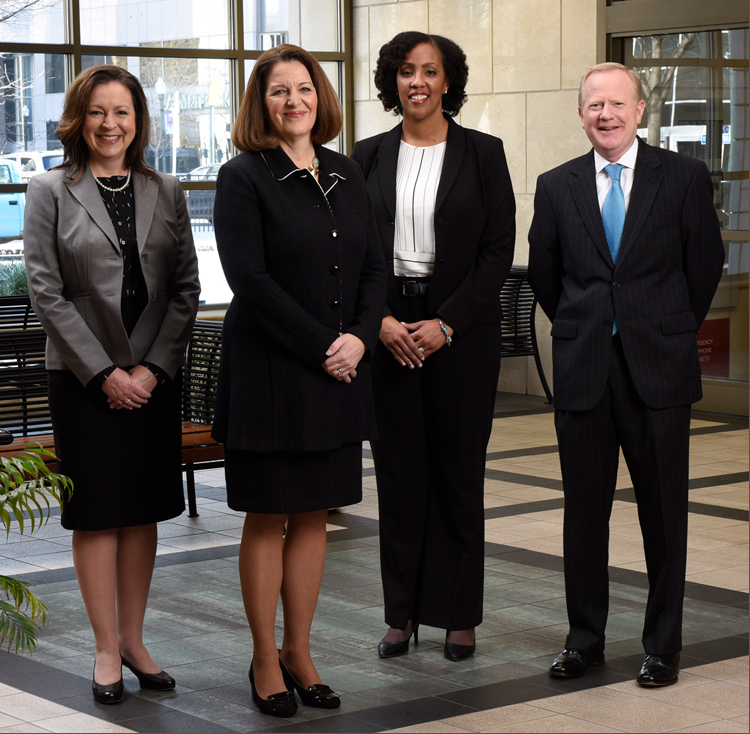Today, much is being forecast about the future of insurance. In the years ahead, we will know whether forecasts regarding developments and timelines of driverless vehicles, connected homes, robotic processing, artificial intelligence and other technologies were accurate.
There is significant buzz around Insurtech and related innovation that will reshape our business. “Insurtech” is the term that applies to technology companies that are bringing new tools and services to our industry. Insurtech companies are providing data analytics to help insurers fine-tune pricing, developing new technologies to enhance carriers’ operating efficiency, and providing technology solutions to enhance policyholder experience. Startup firms are pitching ideas to eliminate or mitigate risk as well.
A cottage industry is racing to bring these new technologies to market. Insurance companies are taking different paths to navigate their future. Some are investing directly in startups, others are partnering with select firms to test new technologies, and others are simply monitoring developments for the moment.
Our industry must do a better job of meeting rising customer expectations. Insurers that are complacent and not forward thinking risk being displaced by those that deliver new solutions. If insurance companies choose not to embrace emerging solutions, InsurTech firms may opt to transform into risk-bearing competitors themselves.
We count ourselves among those evaluating new technologies and determining which InsurTech firms to partner with. Some early steps in our technology journey include:
- Carefully studying all aspects of InsurTech
- Participating in The Institutes’ RiskBlock Alliance, an industry-led consortium collaborating to unlock the potential of blockchain
- Conducting a pilot test of robotic processing automation to ease the burden of laborious manual aspects of converting commercial policies to our new policy administration system at Partners Mutual Insurance
- Exploring how artificial intelligence can help us serve customers better
While we work to shape our future, we are pleased to report on the progress that we realized in 2017. We built on the success of previous years and responded to opportunities on many fronts.
We have grown our personal lines writings through our affiliation with Partners Mutual Insurance. We launched a new commercial lines policy administration system at Partners last year. The new system delivers underwriting and processing efficiencies. With our new quoting and issuance platform and enhanced products and service offerings, we are positioned nicely for commercial growth.
We also launched targeted projects for Penn National Insurance in response to our policyholders’ needs, including:
- Introduced Workers’ Compensation Pay-As-You-Go as an option that allows policyholders to synchronize their payroll records with our systems to keep premium accurately aligned with the staffing of the business, a great benefit to businesses that staff up and staff down as their work volume changes throughout the policy term.
- To simplify and speed the process of collecting signatures from personal lines policyholders, we introduced an electronic signature option that eliminates the need to print a paper copy, sign it and return it. With just a few clicks on a computer or mobile device, the policyholder can complete the document-signing process.
- Although policyholders had always offered very positive feedback about our windshield glass repair process, we made it even better by aligning with the largest national windshield glass repair vendor, Safelite. More repair shops and mobile repair services are available to meet customer needs.
- Enhanced the automated voice response system for our Customer Contact Center, which provides billing and other policy-related and claim-related services to policyholders. Our system offers comprehensive voice-prompt options that allow callers to get many types of the information that they need by choosing from the system-presented voice-prompts without having to speak to a live assistant.
A reality of the industry is our aging workforce. We are successfully filling retirement vacancies with talented individuals. With 24 percent of our workforce having 25 or more years of service, we are placing top priority on recruiting the best new employees. With the new talent comes an opportunity and responsibility to enhance our training programs, individual development plans and career pathing.
We are also reaching into our organization to make full use of all of our talent. Approximately 40 employees from all areas of our company contributed to our planning process. This group took on research and analysis of critical issues and made presentations to our Leadership Council. The results were phenomenal. Their research was excellent, and we received a level of information we would not have achieved without their input. We will be using those learnings in 2018 and beyond.
Notably, we took advantage of unique opportunities in 2017 to repurchase $16 million of a surplus note debt obligation, which we had issued in 2004. This will have the benefit of reducing our annual interest expense by $1.5 million.
While our focus is on the future, past underwriting decisions negatively impacted our 2017 financial results. Habitational business written between 1991 and 1997 left us with a legacy portfolio of liability claims that are winding down. As we continue the pursuit of reinsurance collections for these claims, our accounting reflects a change in estimate of recoverables, which adds 17.0 points to the calendar year combined ratio.
We are very pleased with the quality of the present-day book of business, which produced a current accident year combined ratio of 99.3. Net written premiums now total $703 million, a $17.3 million increase over prior year. Click on the financial highlights link to see more information about our 2017 performance.
We continue to enjoy solid balance sheet strength, and with a premium to surplus ratio of 1.2 to 1.0, policyholders can rest assured that we can fulfill our mission of helping people feel secure and making life better when bad things happen.
During 2018, the momentum of our successes with automation and customer service enhancements will build. We will bring additional lines of business up on our policy administration system in Wisconsin and Iowa, and begin the work to introduce the new system to our other nine states. We will be adding more customer-centric features to our claims services and Customer Contact Center services.
Our independent agents and employees drive our successes, and we are grateful for your contributions and support.
 Christine Sears, CPCU – president & CEO
Christine Sears, CPCU – president & CEO




